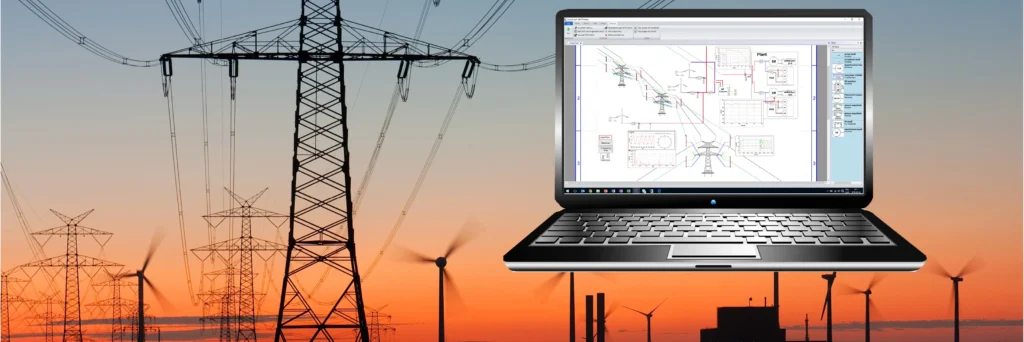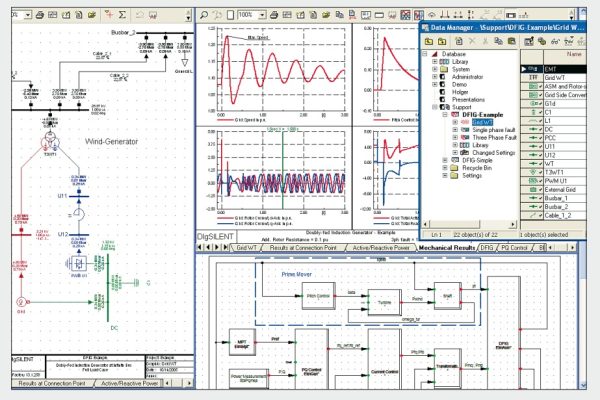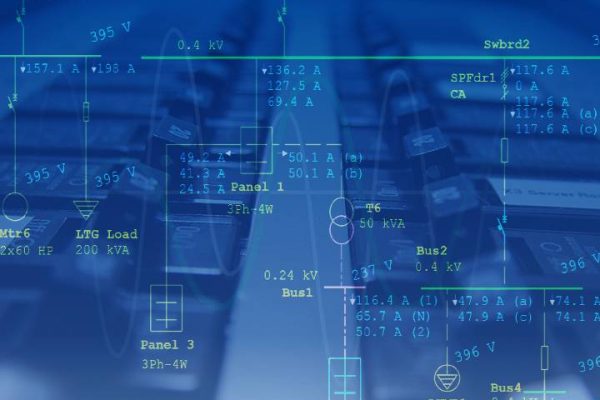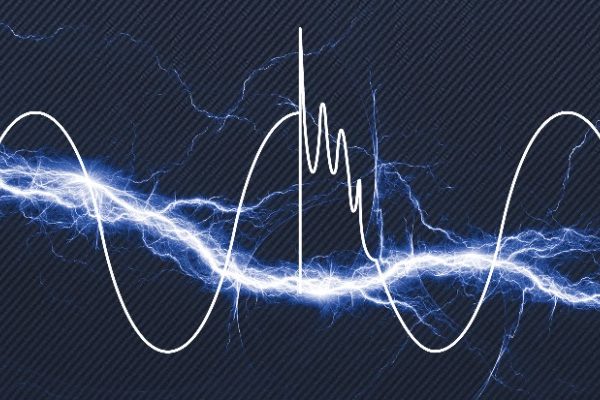SEN EDS provides comprehensive consulting services utilizing EMTP® software for the simulation and analysis of complex power systems in Kerala. Our expertise ensures precise studies for improved efficiency, reliability, and safety of electrical networks.
Insulation Coordination Study
- Insulation Coordination Studies – Electrical power systems are highly nonlinear and dynamic in nature.
- The energy status of the sources can also undergo changes and may subject the system to higher stresses resulting from increased currents and voltages.
- Insulation coordination also helps us to determine the selection and verification of surge arrester at right and to limit the various types of overvoltage.
Lightning Overvoltage Study
- Insulation Coordination Studies – Electrical power systems are highly nonlinear and dynamic in nature.
- The energy status of the sources can also undergo changes and may subject the system to higher stresses resulting from increased currents and voltages.
- Insulation coordination also helps us to determine the selection and verification of surge arrester at right and to limit the various types of overvoltage.
Switching Overvoltage Study
- Switching overvoltage is overvoltage during the electromagnetic transition process caused by fault tripping, reclosing, or normal operation.
- The operation of switching devices can join or separate parts of a power system. After a closing operation, transient currents will flow through the system, while after an opening operation a transient recovery voltage will appear across the terminals of the interrupting device.
- Switching overvoltage’s in transmission and distribution systems cannot be totally avoided, but their effects can be minimized.
TRV Analysis (Transient Recovery Voltage)
- TRV is the voltage difference observed between the breaker terminals immediately after the current interruption of the breaker
- The voltage across breaker the terminals upon current interruption has two successive stages; transient recovery voltage stage where high frequency oscillations observed followed by the recovery voltage stage where power frequency oscillations are observed (transient has decayed).
Very Fast Transient Voltage Analysis
- TRV is the voltage difference observed between the breaker terminals immediately after the current interruption of the breaker
- The voltage across breaker the terminals upon current interruption has two successive stages; transient recovery voltage stage where high frequency oscillations observed followed by the recovery voltage stage where power frequency oscillations are observed (transient has decayed).
Harmonic Analysis
- In electricity, a harmonic is a periodic non-sinusoidal waveform which can be represented as the summation of a sine wave having an integer multiple of the fundamental frequency.
- Manual calculations, which are limited to small-size networks since they are very complicated and susceptible to errors.
- Field measurements, which are often used as a verification of the design, or as a preliminary diagnosis of a field problem.
- Digital computer simulations, which nowadays are the most convenient and economical method for analysing system harmonics.
- Harmonic analysis is a branch of mathematics concerned with investigating the connections between a function and its representation in frequency.
- To determine harmonic distortion levels and filtering requirements within an industry and to determine if harmonic voltages and currents are at acceptable levels
Sub-Synchronous Control Interaction (SSCI)
- Sub-Synchronous Control Interactions (SSCI) can cause damage or incorrect operation of wind turbines
- Sub-synchronous control interaction (SSCI) is a stability problem caused by the interaction between the control system of doubly fed induction generator and a series-capacitor compensated electrical network.
- However, a practical control should be capable of depressing SSCI under varied operating conditions with different SSCI frequency.
Transient Stability Study
- Transient Stability involves the study of the power system following a major disturbance where the synchronous alternator’s power (load) angle changes due to sudden acceleration of the rotor shaft.
- To compute critical clearing time/angle.
- To study the behaviour of system voltage, frequency & power flow under different transient conditions.
- To determine the behaviour of Exciter, Governor response under transient state.
Low Voltage Ride Through (LVRT)
- Transient Stability involves the study of the power system following a major disturbance where the synchronous alternator’s power (load) angle changes due to sudden acceleration of the rotor shaft.
- To compute critical clearing time/angle.
- To study the behaviour of system voltage, frequency & power flow under different transient conditions.
- To determine the behaviour of Exciter, Governor response under transient state.

SEN EDS leverages advanced EMTP® software and a deep understanding of power systems to provide accurate analyses and tailored solutions. Partner with us to optimize the performance and reliability of Kerala’s electrical networks.









